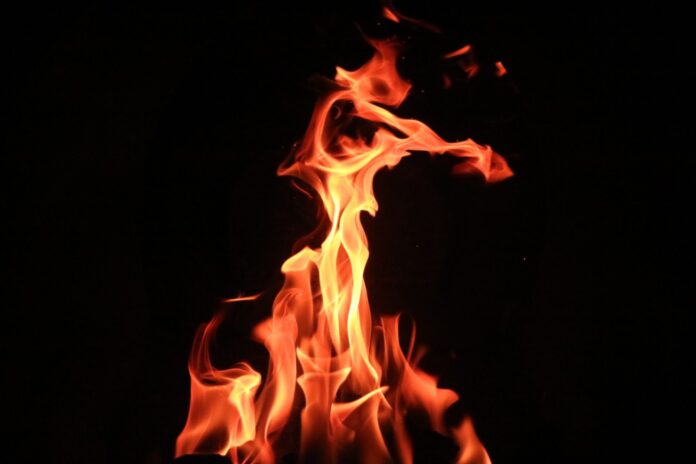What does fire consist of? You realize that it produces intensity and light, yet have you at any point pondered its compound structure or condition of issue?
Learn more here
What does fire consist of?
Fire is its fuel, light, and a combination of solids and gases that both make up the fire and are created from it. Inadequate ignition produces sediment, which is essentially carbon.
Fire is for the most part a condition of the issue called plasma. Nonetheless, a few pieces of the fire are solids and gases.
The specific compound creation of a fire relies upon the idea of the fuel and its oxidizer. Most flares contain carbon dioxide, water fume, nitrogen, and oxygen.
Compound arrangement of fire
Fire is the consequence of a compound response called ignition. At one point in the burning response, called the start point, flares are produced. Commonly, flares chiefly comprise carbon dioxide, water fume, oxygen, and nitrogen.
In the typical ignition response, a carbon-based fuel consumes the air (oxygen). Possibly, the main fuel in a fire is carbon dioxide, water, nitrogen, and the gases set free from oxygen. Be that as it may, fragmented ignition offers a large group of different potential outcomes. Ash is an essential part of deficient burning. Ash comprises primarily carbon, however, can be different natural particles. Different gases found in flames incorporate carbon monoxide and here and there nitrogen oxides and sulfur oxides.
A candle fire contains disintegrated water, carbon dioxide, water, nitrogen, oxygen, ash sufficiently hot to be brilliant, and light/heat from a substance response.
Learn more about the brazil flag meaning
Fire without oxygen
In any case, fire doesn’t really need oxygen. Indeed, the most often experienced oxidizer is oxygen, yet different synthetic substances fill in also. For instance, consuming hydrogen with chlorine as an oxidizing specialist likewise creates a fire. The result of the response is hydrogen chloride (HCl), so fire contains hydrogen, chlorine, HCl, light, and intensity. Different blends are hydrazine with hydrogen and nitrogen tetroxide with fluorine.
Fire case status
In a candle fire or little fire, the greater part of the fire’s substance comprises hot gases. An exceptionally hot fire delivers sufficient energy to ionize vaporous iotas, making a condition of the issue called plasma. Instances of plasma flares incorporate plasma lights and flames created by the thermite response.
The principal distinction between gases and plasma is the distance between the particles and their electric charge. Gases comprise particles, molecules, and particles that are broadly separated. The distance between the particles in a plasma is exceptionally huge. Also, the particles in plasma are only charged particles (particles).
For what reason is the fire hot
Fire discharges intensity and light in light of the fact that the substance response that creates the fire is exothermic. All in all, burning delivers more energy than is expected to light or keep up with it. For burning to happen and blazes to frame, three things should be available: fuel, oxygen, and energy (generally as intensity). When energy begins the response, it goes on insofar as fuel and oxygen are available.
Cold fire
While all flames create heat or are exothermic, a few flames are cooler than others. The purported cold fire alludes to a fire that consumes under a temperature of around 400 °C (752 °F). At this temperature, the fire of the fire is undetectable, yet the response continues. While the cold fire is genuinely phenomenal on Earth, researchers have tracked down it to have started in space. In a microgravity climate, a fire ignites with a roundabout fire. Cold fire consumes uniquely in contrast to ordinary ignition. Typically, the intensity of the fire (and gravity) drives the ignition items from the response. In a virus fire, these items stay inside the scope of the response and take part further. At last, a virus fire can consume its side effects.
On Earth, cool flares come from a few unpredictable powers. For instance, liquor creates a colder fire than acetylene. Oxygen accessibility additionally matters. At the point when oxygen is restricted, the response additionally happens, making the fire cool.



